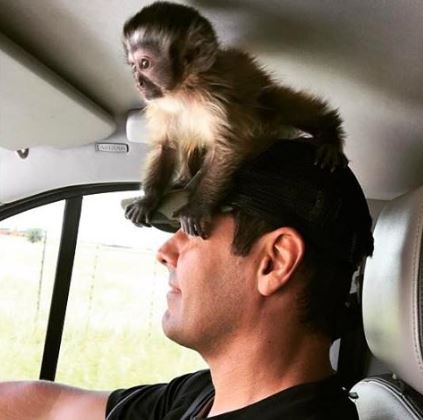South Africans love pets whether they are birds, cats, dogs or reptiles. Pets may travel with their owners in cars from time to time. How should pet owners safely transport their animals in their vehicles? Be considerate of your pets’ needs. Let’s explore how you should transport various popular pet types.
Birds1
Do you have a pet bird? How should you travel with your pet bird? It is best to take your bird to the vet for a check-up before your trip.
It would be best if you prepared your bird’s carrier once you know it is healthy enough to travel. Next, you need to choose between using a dedicated transport carrier or your bird’s usual cage for the journey. Remember to remove all loose items and items that aren’t necessary for the trip, such as swings and toys, from the cage. Use twist ties to make sure that all of the cage’s openings remain closed for the trip. Pack water and food for the trip in case your bird gets thirsty and hungry.
Make sure that the temperature inside the car is ideal before you place your bird inside the vehicle. Don’t ever leave your bird or any other pet alone in your vehicle. Animals can be harmed by the high ambient temperature inside parked cars during the day. Cover the bird’s entire cage with a light blanket or towel to protect it from direct sunlight while you travel. Make sure that your bird’s cage is secured while the car is in motion to avoid any dangerous situations and to avoid stressing your bird.
Cats and dogs2
Perhaps you have a cat or a dog. Please make sure they are fit to travel. Take your pet to the vet if they are in need of a check-up.
One should always transport a feline in a carrier. The majority of cats aren’t comfortable travelling in any vehicle. Ensure that the carrier is properly secured in the car to prevent your cat from getting injured. It is best to secure your cat’s carrier in your car’s back seat with a seatbelt. Most modern vehicles have airbags that could deploy in the front of the car, which may injure your cat or dog if they are seated in the front seat of your vehicle.
All pets should be carefully kept inside the car while driving. Pets should never be transported in the back of a bakkie, this makes them more vulnerable to injuries.
Please don’t allow your dog to put its head out of the car’s windows. This could result in an injury from fast-travelling airborne debris. Cold air may also be forced into your dog’s lungs if they put their head out of the vehicle’s window which could make it ill.
Make plenty of stops along your journey, depending how long it might be. Your dog will appreciate the chance to stretch its legs.
Reptiles3
Maybe you prefer snakes as pets? Please ensure that they are healthy enough to travel by taking it to the vet if required.
Make sure that your reptile carrier is the best choice for the job. The carrier should allow your pet room to move, but it shouldn’t be impractically large either. Check with your vet if you are unsure about what to carry your reptile pet in.
Keep in mind that reptiles are cold-blooded and sensitive to temperature changes. Make sure that your reptile pet’s container is kept at the ideal temperature that it is used to as part of its daily life. An appropriate warming or cooling device could be used to help regulate the carrier’s temperature depending on the weather and ambient temperature. New cars may also come with climate control air conditioning, which can help you regulate the temperature inside your vehicle.
It is essential to take care of your pets. Have you also thought that it may be necessary to have car insurance for your vehicle with which you use to transport your pet? Perhaps you should consider getting affordable car insurance with PMD?
This article was prepared by Eric Sandmann in his personal capacity. The views and opinions expressed in this article are the author’s own. The views and opinions in the article should not be attributed to anyone but the author unless expressly stated. Nothing in this article should be relied upon as advice, this publication is presented for informational purposes only. No person should act or refrain from acting in reliance on any information found in this article, without first obtaining proper financial advice from the appropriate professional. The author makes no claims, promises or guarantees about the accuracy, or completeness, of any information linked from, referred to, or contained in this article. The author reserves the right, to edit and change the content of this article.
1 https://www.moving.com/tips/how-to-transport-a-bird-in-a-car/
2 https://www.humanesociety.org/resources/travel-safely-your-pet-car-airplane-ship-or-train
3 https://thenewswheel.com/tips-for-transporting-pet-reptiles-in-your-car/
